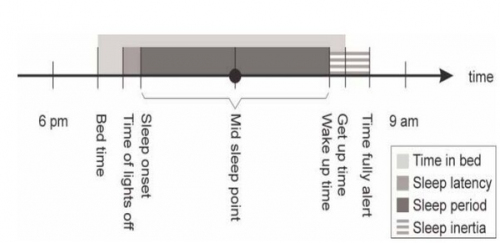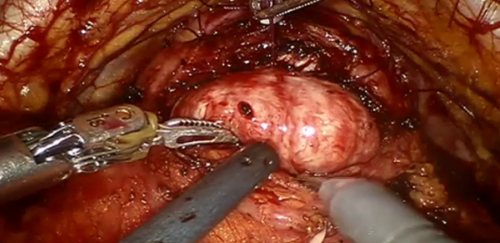Objective: In the present study, we aimed to investigate the relationship between primary monosymptomatic enuresis nocturna (MEN) and chronotypes in children.
Materials and Methods: Fifty children diagnosed with primary MEN and 50 healthy children were included in the study. All participants underwent the
Diagnostic and Statistical Manual of Mental Disorders (DSM-5)-based psychiatric, and a semi-structured interview, the Schedule for Affective Disorders
and Schizophrenia for School Age Children-Present and Lifetime Version, K-SADS-PL. The information obtained from the socio-demographic data
form and Children's Chronotype Questionnaire (CCTQ) for the patient and the control groups were recorded and statistical analyses were carried out.
Results: Evening chronotype was significantly more often observed in the patient group (X2=6,225, SD=2, p=0.044). No difference was found between the groups with regard to morning and intermediate chronotypes. In the patient group, the time of going to bed, turning off the lights, the time to start sleeping and mid-sleep time were significantly delayed in free days (p=0.001, p=0.005, p=0.004, and p=0.004, respectively). The sleep duration and the time spent in bed were also significantly shorter in the patient group (p=0.029, p=0.004, respectively).
Conclusion: Primary MEN is associated with circadian rhythm disorders and evening chronotype. As the mechanisms that lead to this condition is not clear yet, further studies with randomized controlled design and larger sample size are required to determine etiopathogenesis and treatment options, and also to reveal the association between MEN and chronotypes.

